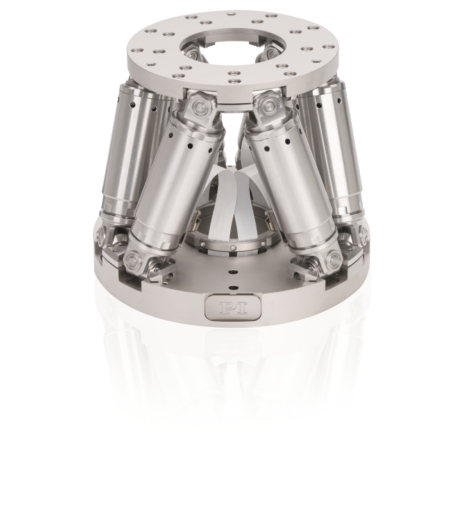Emerson has launched the NI LabVIEW+ Suite for hardware-in-the-loop (HIL) to support engineers in developing and testing embedded software. The suite integrates test, validation, and data analysis tools into a unified platform, optimizing workflows for HIL applications.
The NI LabVIEW+ Suite for HIL provides engineers with tools to simulate complex conditions that are challenging to replicate in physical environments. It supports modular component reuse and integrates with NI’s Switch Load and Signal Conditioning hardware to enhance edge case detection across test systems.
The platform enables system upgrades as new technologies emerge and allows customization of software models to meet evolving requirements.
As embedded software functionality expands, rigorous testing through continuous integration becomes critical. The suite aligns with Emerson’s open, software-defined approach, combining modular hardware with adaptable software solutions.
This HIL strategy reduces development time and costs while improving product reliability in industries such as aerospace, automotive, and electronics.
The suite supports existing HIL users and new adopters by streamlining workflows and ensuring compatibility with next-generation product designs. It includes NI VeriStand, NI LabVIEW, NI LabVIEW Real-Time, and NI LabVIEW FPGA, while introducing two newly integrated software tools:
NI TestStand automates complex test systems, addressing the need for scalable and efficient testing solutions.
NI DIAdem enables advanced post-process data analysis, allowing engineers to make informed decisions quickly.
“This suite delivers the most comprehensive software stack available for HIL engineers,” said Rudy Sengupta, vice president and general manager of test and analytics software at Emerson’s test and measurement business. “With NI LabVIEW+ Suite for HIL, users achieve greater test coverage, reduce development time, and lower costs while maintaining flexibility for future testing needs.”
Emerson is also expanding software availability through the reintroduction of perpetual licensing. Customers can now choose between subscription and perpetual purchase options, selecting the model that best aligns with their business requirements.





